Brazillian Peppertree
Texas Vervain
Heavenly Bamboo
Heavenly or Sacred Bamboo, Nandina domestica, is not very heavenly in Florida. It is native to Asia, introduced in the US, and can be found in forests and hammocks throughout Florida.
Heavenly Bamboo is not bamboo. It is a shrub that grows to about 7 feet tall. Reproduction may occur through vegetative regeneration, however, it is known to reproduce through seed dispersal. Red berries appeal to birds and other animals. The tiny white flowers and bright red berries appear harmless.
Heavenly Bamboo is poisonous to some animals. Cyanogenic glycosides can be found in the foliage and the fruit. The shrub is a species of concern because it may compete with understory plants and threaten several of Florida’s endangered wildflowers.
If you have this plant in your yard, IOF recommends you remove it. Protect wildlife and ecosystems when you replace Heavenly Bamboo with one of Florida’s native shrubs.
For more information:
https://www.fs.fed.us/datab…/…/plants/shrub/nandom/all.html…
Wild Coffee
Wild Coffee (Psychotria nervosa) is a Florida native shrub that gets its name from the small, red fruit it produces. Other names are wood balsam, Seminole Balsamo, and café marron. It is extremely cold sensitive. If it freezes it resprouts in the spring producing a shorter plant.
Wild Coffee, grows as a dense, round, multi-stemmed shrub about 5 feet tall and spreads between 4 to 8 feet. You will see it in pinelands, shell ridges, coastal hammocks, and sandy shaded areas. Its leaves are glossy, puckered, waxy, and light green when in full sun. When in the shade the leaves are deep forest green. The leaves are 5 inches long with veins running through them. Small, white flowers bloom in spring and summer and produce a fragrance similar to the gardenia.
Many butterflies, including the Florida state butterfly, the zebra longwing, and the spicebush swallowtail drink nectar from the flowers of wild coffee. Honeybees visit the flowers and pollinate them. Bright red, half-inch berries appear, in late summer or fall, each with two seeds. These seeds are an important food source for cardinals, catbirds, mockingbirds, and blue jays, as well as other birds. Wild coffee berries were once used as a coffee substitute even though they do not contain caffeine.
The shrub grows well in alkaline soil. It is not salt-tolerant, but germinates readily, has few pest problems, needs only varying amounts of water, and is not invasive. It also prevents soil erosion. With its contrasting green leaves and red berries, its fragrance when in bloom, and its wildlife benefits, the Wild Coffee shrub will make a wonderful addition to a shady spot in your landscape.
Photo Credit: Mary Keim – berries Bobby Putnam – flowers
https://www.flickr.com/photos/38514062@N03/6415497635…

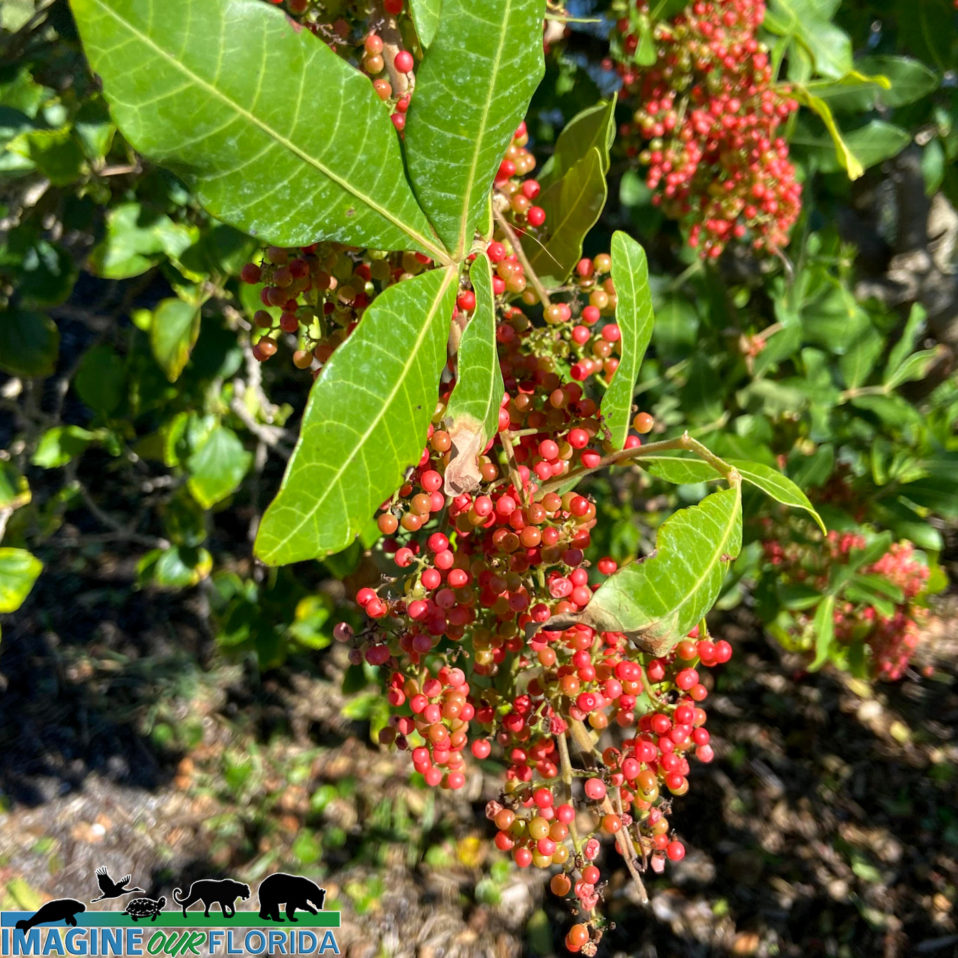
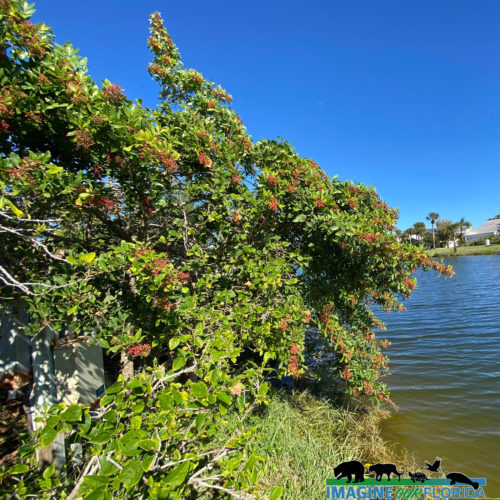
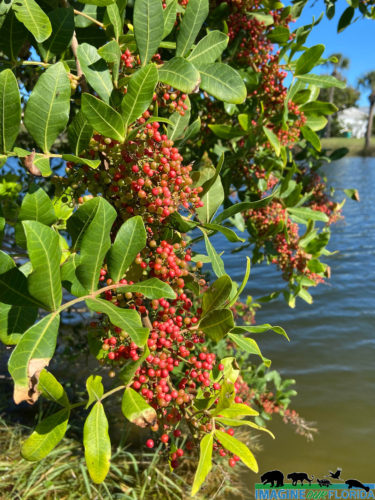 lian
lian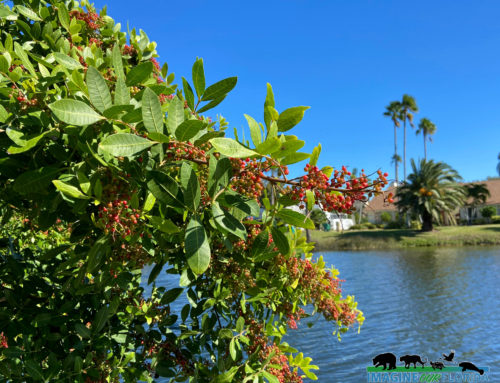
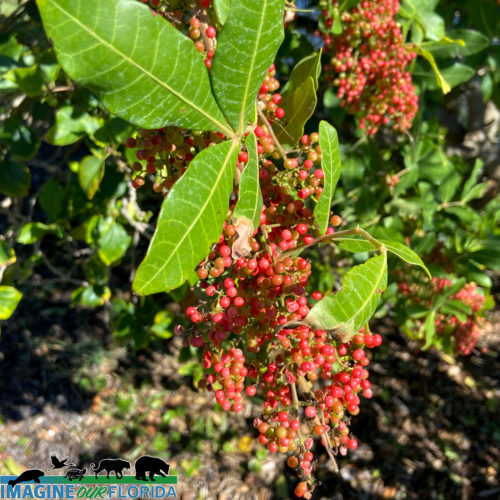
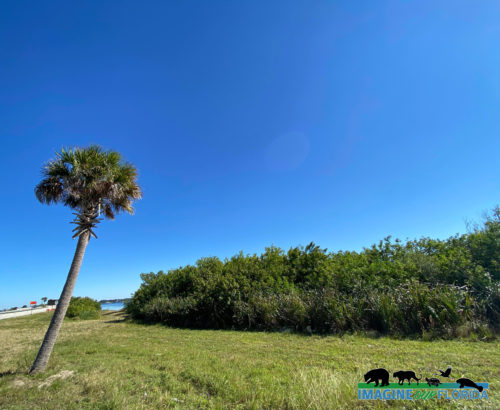
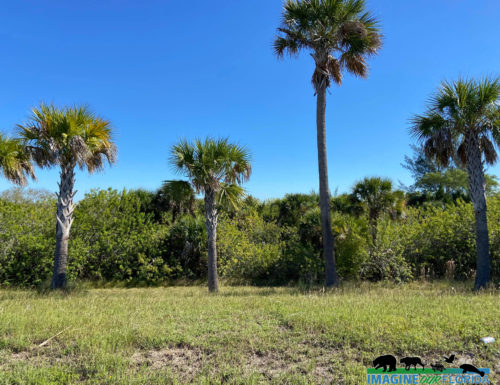
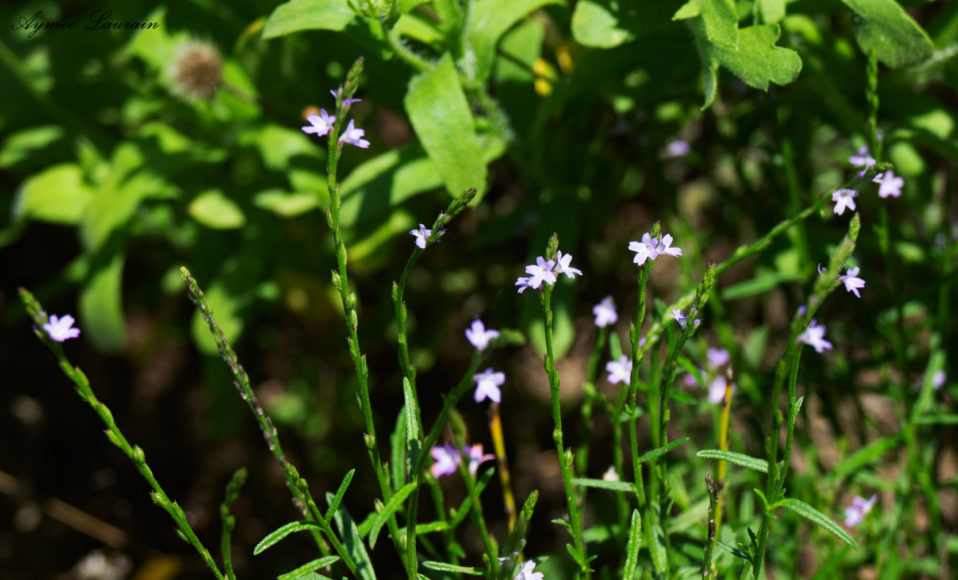
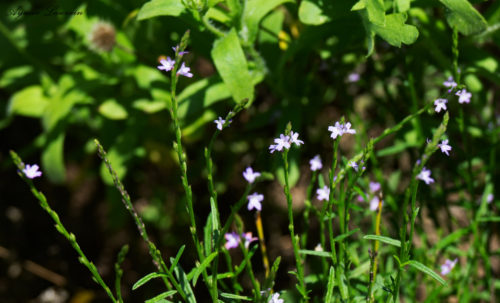
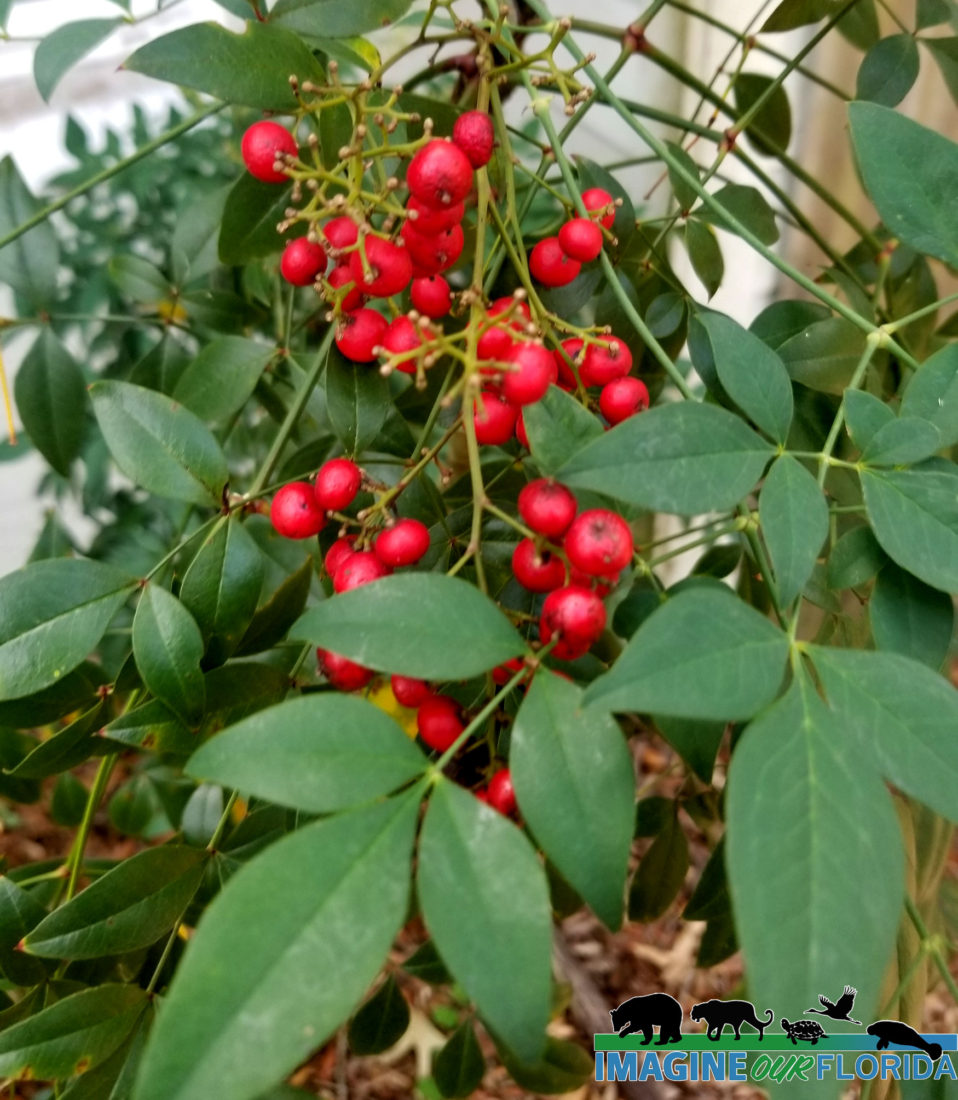
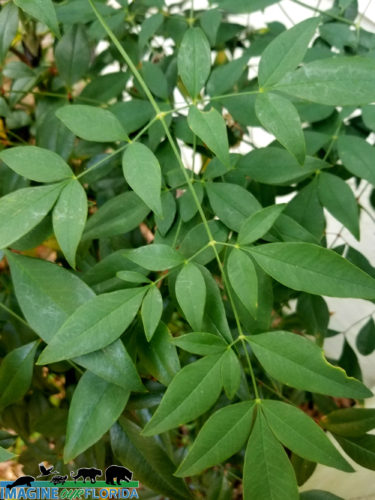
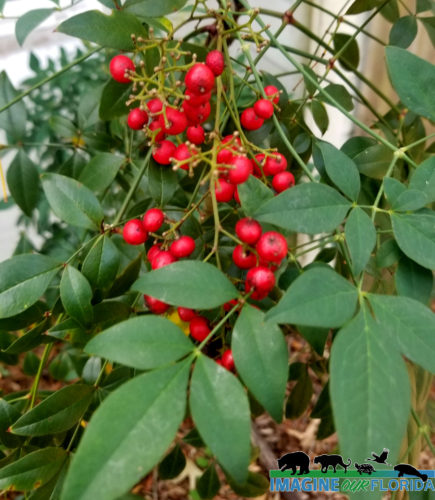
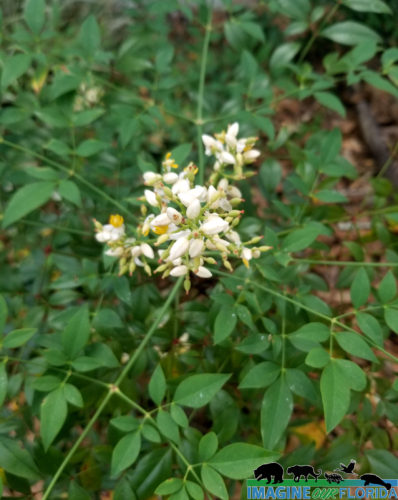
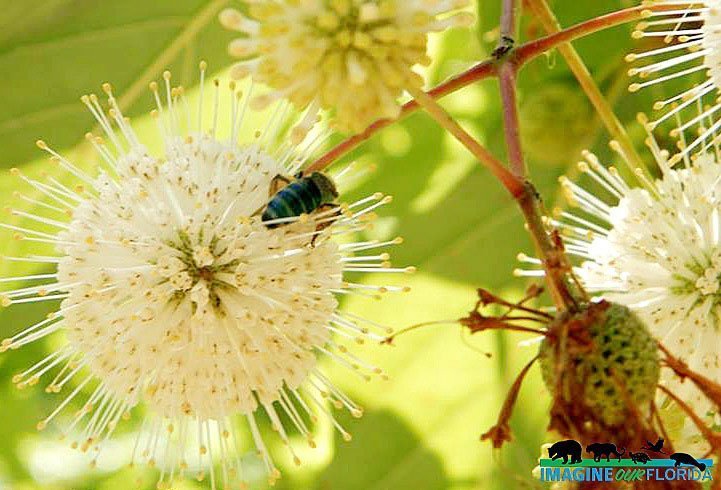
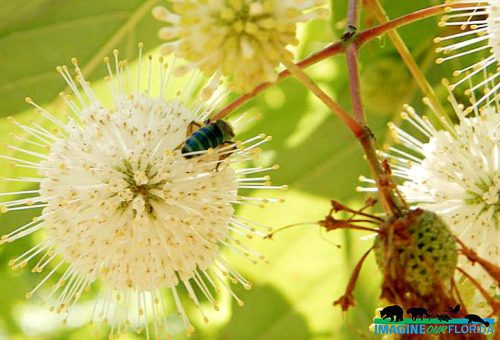
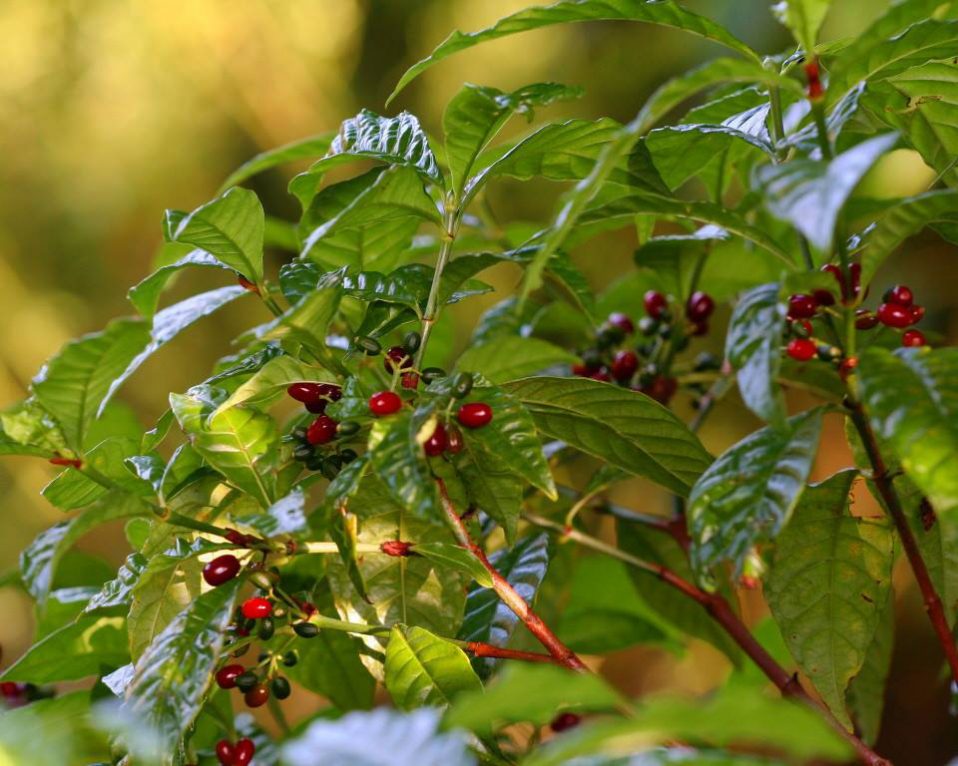
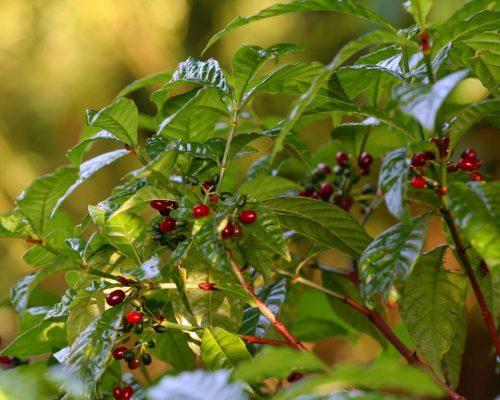
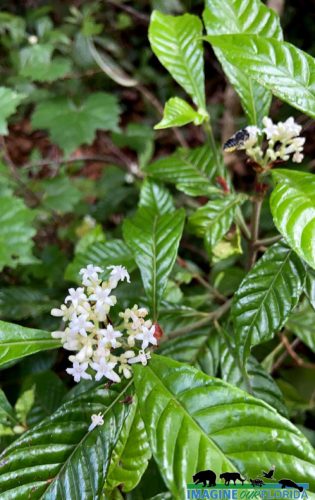
Recent Comments